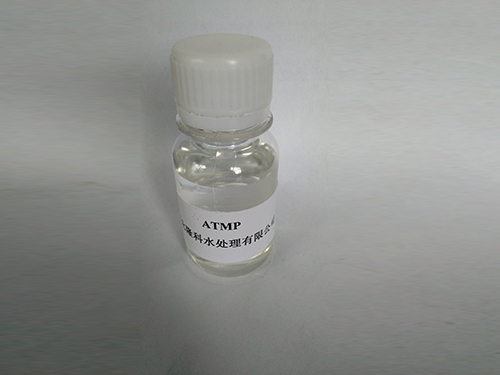Effective Water Treatment Solutions with Polyaluminium Chloride Applications and Benefits
Polyaluminium chloride (PAC) is an inorganic polymer compound widely used in water treatment processes. As a coagulant, it plays a crucial role in enhancing the removal of suspended solids, organic matter, and other impurities from water. This article will delve into the properties, applications, and benefits of PAC in water treatment, highlighting its significance in ensuring safe and clean drinking water.
Understanding Polyaluminium Chloride
Polyaluminium chloride is formed through the hydrolysis of aluminum chloride in water. It is characterized by its high positive charge density, which makes it highly effective in destabilizing negatively charged particles in water. The polymeric nature of PAC allows for a greater surface area for adsorption, enhancing its coagulation capabilities. Generally, PAC is available in various forms, including liquid and powdered formulations, and its chemical composition can vary based on the degree of polymerization and aluminum content.
Applications in Water Treatment
One of the primary applications of PAC is in potable water treatment. Municipal water treatment facilities utilize PAC to improve the quality of drinking water by removing turbidity caused by organic and inorganic particles, pathogens, and other contaminants. The coagulation and flocculation process initiated by PAC results in the formation of larger aggregates, or flocs, which can be more easily separated from the water during subsequent sedimentation or filtration processes.
In addition to drinking water treatment, PAC is also employed in wastewater treatment facilities. Here, it effectively removes suspended solids, heavy metals, and other pollutants, thus ensuring compliance with environmental regulations. Furthermore, PAC is used in various industrial processes, such as paper manufacturing, textile production, and food processing, where it helps clarify process water and enhance the quality of end products.
polyaluminium chloride water treatment

Benefits of Using Polyaluminium Chloride
The use of PAC in water treatment offers numerous advantages over traditional coagulants like aluminum sulfate. One significant benefit is its lower dosage requirement. PAC is more effective at lower concentrations, meaning that less chemical is needed to achieve the desired turbidity removal. This not only reduces operational costs but also minimizes the volume of residual sludge generated during the water treatment process.
Another advantage is the faster settling rate of PAC-induced flocs compared to those formed using alum. This leads to shorter retention times in sedimentation tanks, potentially increasing the overall efficiency of the water treatment facility. Additionally, PAC’s versatility allows it to perform well across a range of pH levels and various water qualities, making it suitable for diverse applications, whether in municipal or industrial settings.
Moreover, PAC is known for producing high-quality effluent with fewer residual contaminants, which is critical for both drinking water safety and environmental protection. Its effectiveness also extends to the reduction of disinfection by-products (DBPs), an important factor considering the growing concerns about chemical safety in drinking water.
Conclusion
In conclusion, polyaluminium chloride plays a vital role in modern water treatment practices. Its effectiveness in coagulating and removing impurities makes it a preferred choice for many municipalities and industries. As the demand for clean and safe water continues to grow globally, the use of PAC will likely expand, driven by its cost-effectiveness, operational efficiency, and ability to produce high-quality water while minimizing environmental impact. The future of water treatment may well depend on innovations and improvements in the applications of substances like polyaluminium chloride to meet the challenges of water scarcity and quality.
-
Water Treatment with Flocculant Water TreatmentNewsJun.12,2025
-
Polymaleic AnhydrideNewsJun.12,2025
-
Polyaspartic AcidNewsJun.12,2025
-
Enhance Industrial Processes with IsothiazolinonesNewsJun.12,2025
-
Enhance Industrial Processes with PBTCA SolutionsNewsJun.12,2025
-
Dodecyldimethylbenzylammonium Chloride SolutionsNewsJun.12,2025





